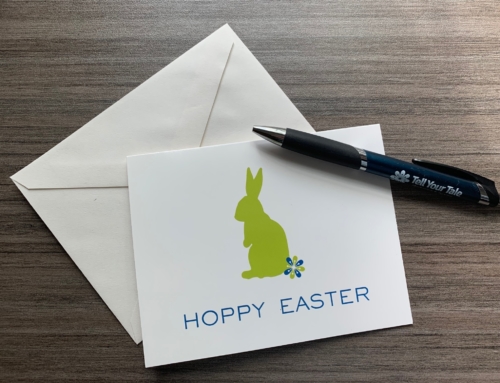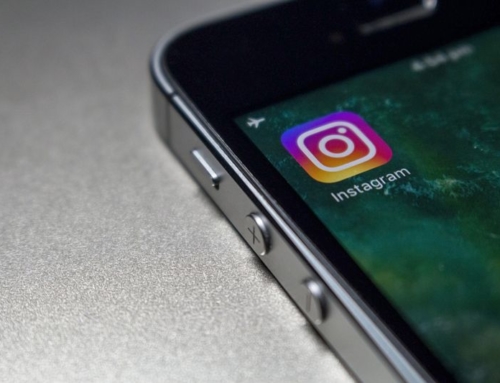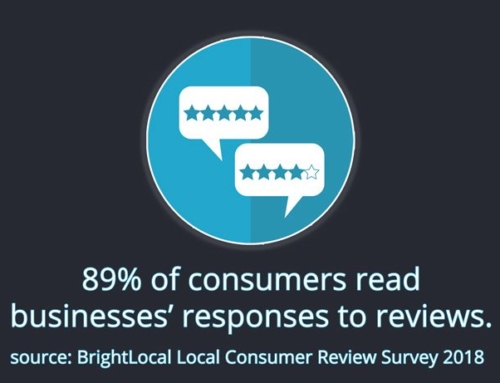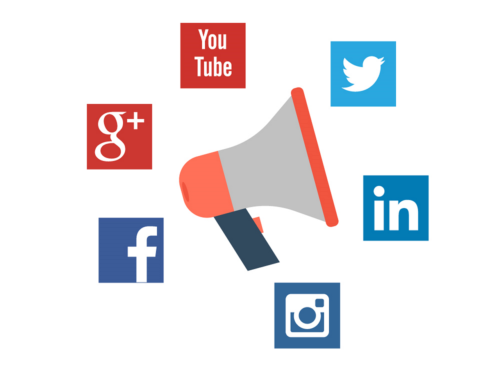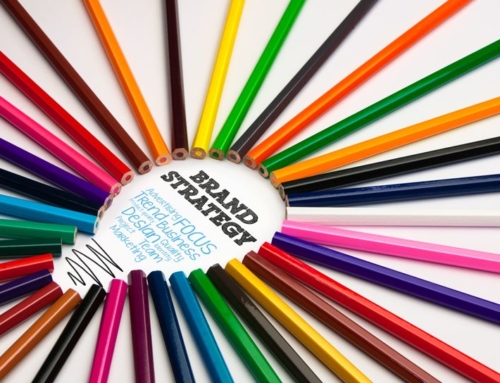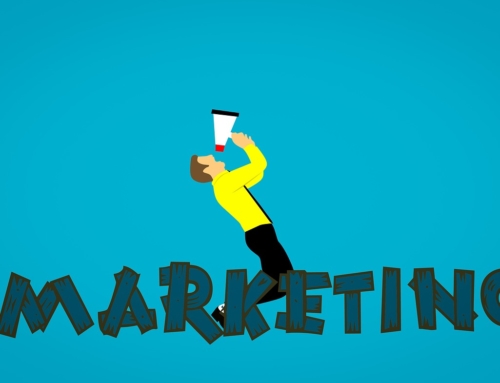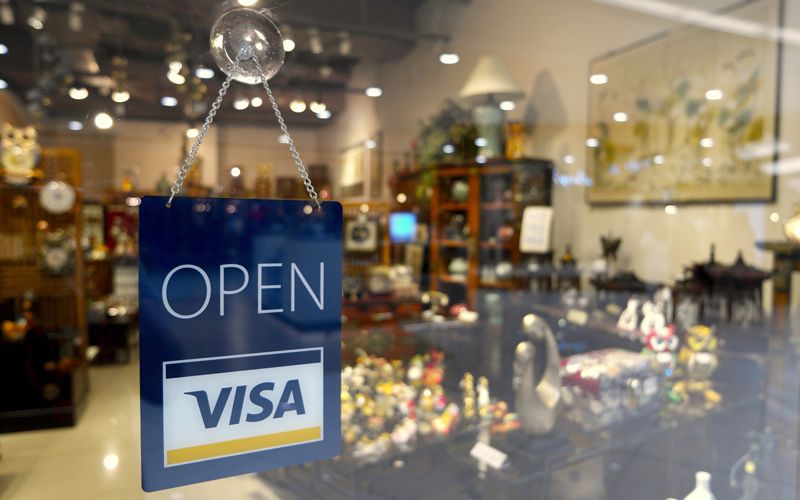
Retailers can make great strides in increased engagement, sales and referrals by relying more on personalized marketing. A recent study indicates that, “Personalization can be a huge boon for retailers and consumers. Targeted communications that are relevant and useful can create lasting customer loyalty and drive revenue growth of 10 to 30 percent.”(1) How and when the personalized outreach is done is key to the campaign’s success.
In this post, we’ll discuss mistakes to avoid, ways to personalize marketing and drive foot traffic into stores.
Mistakes to Avoid When Personalizing Marketing
I appreciate being welcomed to a storefront when I first arrive and even being asked if I need help. Most of the time, I’m just looking to see what the retailer offers and I don’t have a particular need in mind. What irks me is when a salesperson approaches me multiple times during one visit. It feels like I’m being followed and as if the salesperson doesn’t trust me in the store. If multiple salespeople approach me, I leave. No matter their intentions, I like my space during my shopping experiences.
I share my personal shopping preferences because I think they are illustrative of most consumers’ preferences shopping in store and online. Shoppers want convenience and personalization without “Big Brother” lurking over customers’ shoulders to close a sale. It’s a balancing act that consumers wish retailers would pay closer attention to. In reality, it’s a bit of a conundrum because consumers want great customer service and communication that is tailored to buying habits, BUT we don’t want to:
- be bombarded with offers and communication (Too many emails is annoying and drives opt-outs.)
- be asked to respond with too little time or to an offer that’s already past due (It’s frustrating to learn of a new offer that has already expired.)
- receive information that’s not relevant to us (Although I bought a product one time, I don’t want to see ads for it on Facebook every day. I’m also not interested in products targeting single men.)
All of the above apply to offers in store, email and online. Consumers expect to see a personalized approach that extends throughout the retailer’s website AND brick-and-mortar stores.
Keys to personalization
Let’s start by clarifying that when discussing “marketing personalization”, we’re talking about more than inserting people’s first name in the TO field of an email. Yes, that’s personalization and a good first step but it lacks a deeper understanding of how contacts prefer to be communicated with as well as when, how and what they buy. To really influence engagement, sales and referrals, retailers need to spend time familiarizing themselves with who their customers really are. (Think about it this way: Are you more willing to have dinner with the friend who keeps in touch and remembers a few of your personal favorites or the person whom you met once but seems to brush you off when you see them?) Once you’ve analyzed who your customers really are, it’s time to personalize offers and related communications to those customer segments.
Here are a few tips for personalizing retail marketing to impact buying habits.
Make marketing timely:
Timeliness encompasses several aspects. First, be sure to study the time of day and the day(s) of the week when your ideal customer can respond. Look at your email analytics to see when you get the best open rates. Do your customers tend to open emails around 10:45 am on Tuesdays as they wrap up one meeting and head to the next? Or do your buyers tend to open your emails on Thursday nights before going to bed? You should adjust your email (and other marketing) distribution times based on how your customers behave and you may be able to further segment your subscriber list to address the different preferences.
ideal customer can respond. Look at your email analytics to see when you get the best open rates. Do your customers tend to open emails around 10:45 am on Tuesdays as they wrap up one meeting and head to the next? Or do your buyers tend to open your emails on Thursday nights before going to bed? You should adjust your email (and other marketing) distribution times based on how your customers behave and you may be able to further segment your subscriber list to address the different preferences.
Personalizing the timing of your marketing goes further. Give customers an appropriate amount of time to respond to the marketing. For instance, last-minute holiday shopping items should be easy for buyers to select and be well-stocked for 2 weeks before Christmas. It doesn’t make much sense to promote customized products that require longer lead times so close to the holiday. Timing is everything.
Similarly, you need to plan the production and distribution of your marketing materials with adequate time for target customers to receive and read them. If your store is holding an event on the weekend, your postcard mailings and emails should hit the week of the event. Arriving too early can lead to buyers not feel the urgency to add the event to their schedules. Mail or email received the day of may not be read in time for people to make the event. However, day-of radio promotions about the event can capture consumers driving around town and may give listeners the incentive to make another stop at your store’s event.
Personalization comes into play when you know when your customers typically buy and which marketing channels one segment responds to versus another. If one of your buyer personas likes to travel, works full-time and stays busy with her young children, you need to adjust the timing of your marketing to allow these buyers enough time to add a store visit to their calendars. Going a step further, you can personalize your marketing by mentioning the children’s activities that will keep youngsters busy while moms shop. Personalize your marketing and its timing to address your buyers’ needs.
Be sure marketing is relevant:
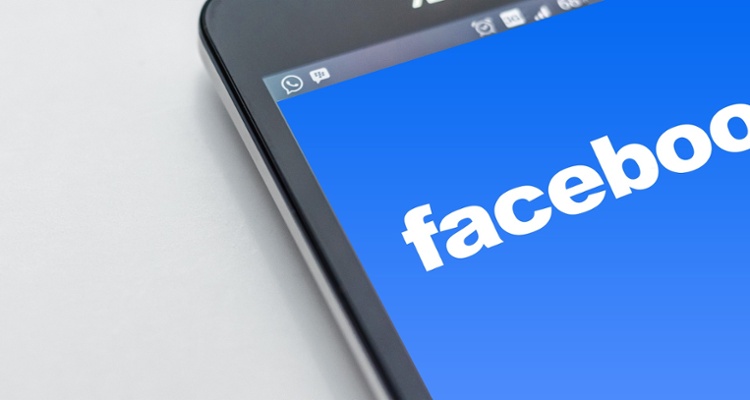 Sharing relevant information and offers is critical. Of course, this gets back to knowing your customer segments and their buying behaviors. Let’s use Facebook to explore some opportunities to personalize your marketing with relevant offers. Facebook Ads Manager allows you to promote your products to Facebook users who match your customer demographics. Retailers can tailor ads based on location, demographics, age, gender, interests, behavior and a lot more. By understanding these characteristics of your ideal customer, you can personalize your advertisement relevant to them. Rather than promoting your products to a broad audience, retailers can personalize the offer and Facebook’s targeting and convert more people into buyers.
Sharing relevant information and offers is critical. Of course, this gets back to knowing your customer segments and their buying behaviors. Let’s use Facebook to explore some opportunities to personalize your marketing with relevant offers. Facebook Ads Manager allows you to promote your products to Facebook users who match your customer demographics. Retailers can tailor ads based on location, demographics, age, gender, interests, behavior and a lot more. By understanding these characteristics of your ideal customer, you can personalize your advertisement relevant to them. Rather than promoting your products to a broad audience, retailers can personalize the offer and Facebook’s targeting and convert more people into buyers.
Make sure marketing is helpful:
This factor often seems the most daunting as it requires the retailer to really dig into analytics and buying behaviors to get to know customers. Assuming that customers subscribed to your newsletter and, thus, want the same type of news screams poor planning and a disconnect from your customers. Consumers want retailers to share information that buyers may not be able to find easily online. For instance, buyers can easily see a retailer’s reviews on Facebook and Yelp so sharing the latest ratings isn’t exceptionally helpful. However, an appreciated gesture would include notifying customers who have a history of buying X brand of a particular product that a new style is expected in 2 months, so your store is discounting the popular product by X brand (while supplies last). While this is likely to spur sales of the in-stock product, the communication itself addresses the buying behaviors for this customer segment. Furthermore, the retailer could segment these buyers into who buys the discounted current inventory and who does not. The retailer could then further segment its buyers to either offer them the latest and greatest since they haven’t bought X brand recently from this establishment (maybe this segment only wants the new releases) and to the buyers truly committed to X brand who may be interested in buying the new release even though they recently bought the previous version (maybe these buyers need an incentive to buy again within such as short timeframe but they are truly committed to the brand. Are they also committed to buying from this retailer?)
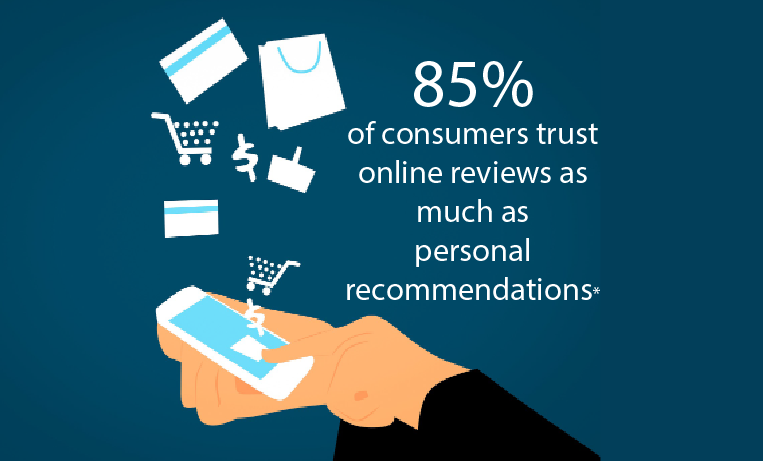
Personalizing marketing takes effort but allows greater targeting, which in turn should result in higher customer engagement and sales. When customers find your marketing is tailored to them, customer satisfaction grows. Happy customers not only show loyalty with future purchases but also by posting reviews online and making referrals to friends and family. Now that type of marketing will drive traffic into your stores.
Sources:
1. Boudet, J., Gregg, B., Wong, J. and Schuler, G. (October 2017) “What shoppers really want from personalized marketing” on https://www.mckinsey.com/business-functions/marketing-and-sales/our-insights/what-shoppers-really-want-from-personalized-marketing.
2. *BrightLocal. (2017). “Local Consumer Review Survey 2017” on https://www.brightlocal.com/learn/local-consumer-review-survey/


